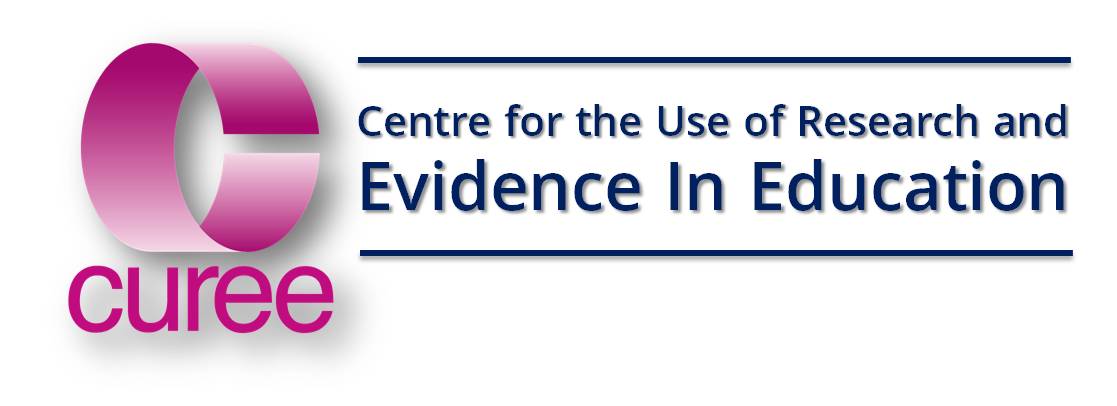Whose voice is important in decision-making in the primary school?
Aim: This study set out to use action research to implement approaches aimed at increasing the participation of children and teachers in making decisions about their own learning. We intended to investigate the potential of these strategies to give greater responsibility, involvement and ownership to those in the classroom, and to explore the role of leadership.
